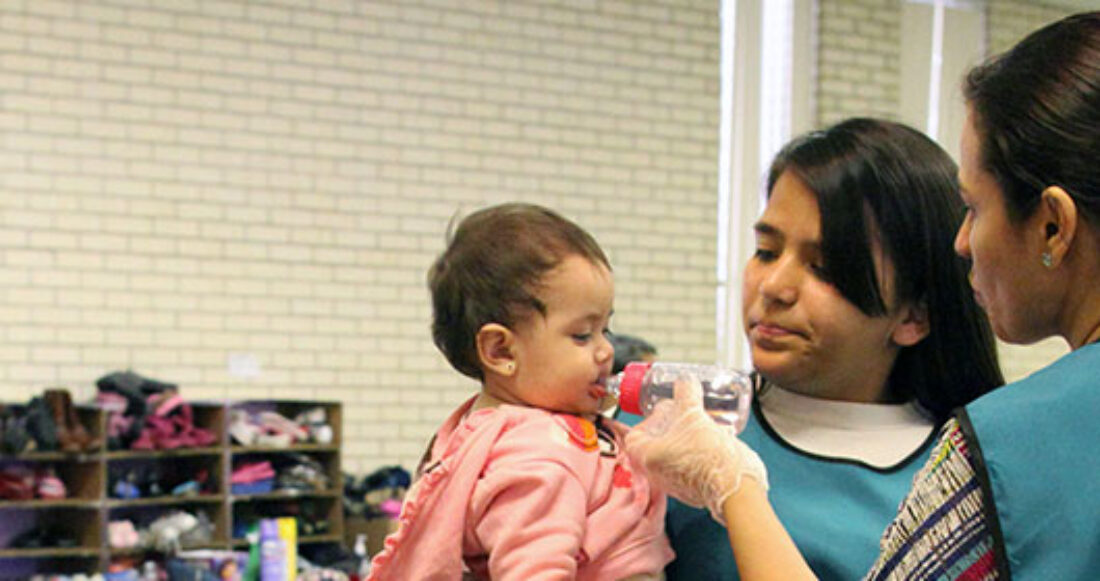More Kids Living in Low-Income Families Today Than Before Recession

The federally defined label of low-income applies to more children today than it did a decade ago, before the onset of the Great Recession. In total, 31 million kids— 43% of the nation’s children — now live in families that are low-income.
Black, American Indian and Latino kids are more likely to live in low-income families compared their white and Asian peers. Young children are also more likely to live in families that fit the low-income label.
When it comes to child well-being, the research is clear: Family finances matter. Poverty can impede a child’s ability to learn and contribute to social, emotional and behavioral problems. Risks are greatest for children who experience poverty early or experience deep and persistent poverty, according to the National Center for Children in Poverty.
The good news? The number of children living in low-income families has dropped in recent years, and five states — Montana, North Dakota, Oklahoma, South Dakota and Texas plus the District of Columbia — have seen this statistic dip below pre-recession levels.
Note: The government defines low-income differently depending on a family’s size and composition. In 2015, the low-income threshold for a family of two adults and two kids was $48,072.
Explore more poverty data — at the state and national level — in the KIDS COUNT Data Center.






